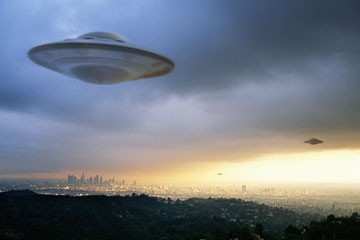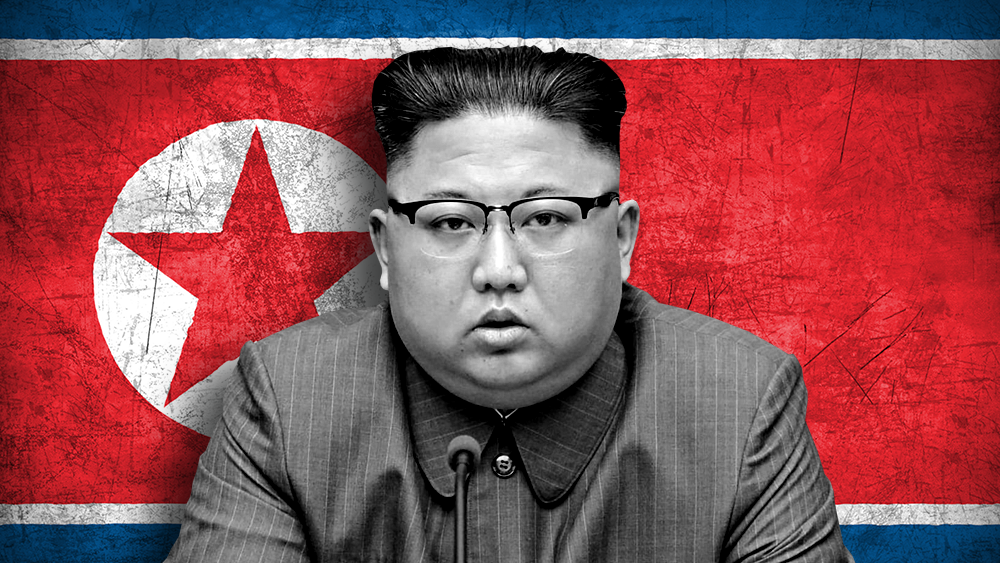 Parler
Parler Gab
Gab
- Peer-reviewed research analyzing 1950s sky photos found unexplained "transients" (mirror-like flashes) appearing 45 percent more often within a day of nuclear tests, suggesting a non-random link between UAPs and human nuclear activity.
- The objects appeared before Sputnik, ruling out human-made satellites. Lead researcher Dr. Beatriz Villarroel stated they resemble nothing natural, implying artificial—and possibly non-human—technology.
- Findings validate decades of military testimony (e.g., Malmstrom AFB 1967) where UAPs disabled nuclear missiles, with retired Captain Robert Salas confirming ongoing incidents.
- Published in Scientific Reports, the study systematically ruled out conventional explanations (debris, plate defects) and marks a move from fringe speculation to data-driven UAP research.
- With AARO now investigating UAPs and nuclear tensions rising, the phenomenon—whether surveillance tech, unknown physics, or non-human intelligence—demands urgent transparency and further study.
A statistical breakthrough: UAPs and nuclear activity
The researchers compiled a dataset spanning 2,718 days, comparing transient sightings with nuclear test dates and UAP reports from the UFOCAT database—a repository of UFO sightings maintained by the Center for UFO Studies. Their findings revealed:- An 8.5 percent increase in transient activity for every additional UAP report on a given date.
- The highest number of transients occurred on days with both nuclear tests and UAP sightings, suggesting a compounding effect.
- No transients were observed after March 1956, despite 38 additional nuclear tests in the following year—raising questions about whether the phenomenon abruptly ceased or changed behavior.
- Photographic plate defects (unlikely to cluster around nuclear test dates).
- Atmospheric debris (which would streak across the sky immediately after explosions, not a day later).
- Natural astronomical phenomena (given the objects' flat, mirror-like appearance and stationary behavior).
The future of UAP research: A new scientific frontier
This study marks a watershed moment in UAP research—shifting the conversation from fringe speculation to peer-reviewed, data-driven investigation. While the exact nature of these transients remains unknown, the research suggests they could represent:- Advanced surveillance technology (potentially foreign or non-human).
- An unknown atmospheric phenomenon triggered by nuclear detonations.
- Non-human intelligence monitoring human nuclear activity—a hypothesis echoed by investigative journalist Ross Coulthart, who noted, "This might be the first scientific evidence of a non-human intelligence."
AI-powered privacy: New offline AI model challenges big tech surveillance
By Finn Heartley // Share
An apple a day, scientifically substantiated: how a simple fruit supports heart and gut health
By Willow Tohi // Share
Mysterious drones target NATO nuclear base in Belgium amid rising tensions over airspace violations
By Kevin Hughes // Share
Digital erasure: Big Tech bows to political pressure, wiping out Palestinian war crime documentation
By Belle Carter // Share
U.S. sanctions target North Korean cybercrime networks funding nuclear weapons
By Cassie B. // Share
Technology, energy, and environment: How competing agendas are redefining the future
By Finn Heartley // Share
Governments continue to obscure COVID-19 vaccine data amid rising concerns over excess deaths
By patricklewis // Share
Tech giant Microsoft backs EXTINCTION with its support of carbon capture programs
By ramontomeydw // Share
Germany to resume arms exports to Israel despite repeated ceasefire violations
By isabelle // Share










